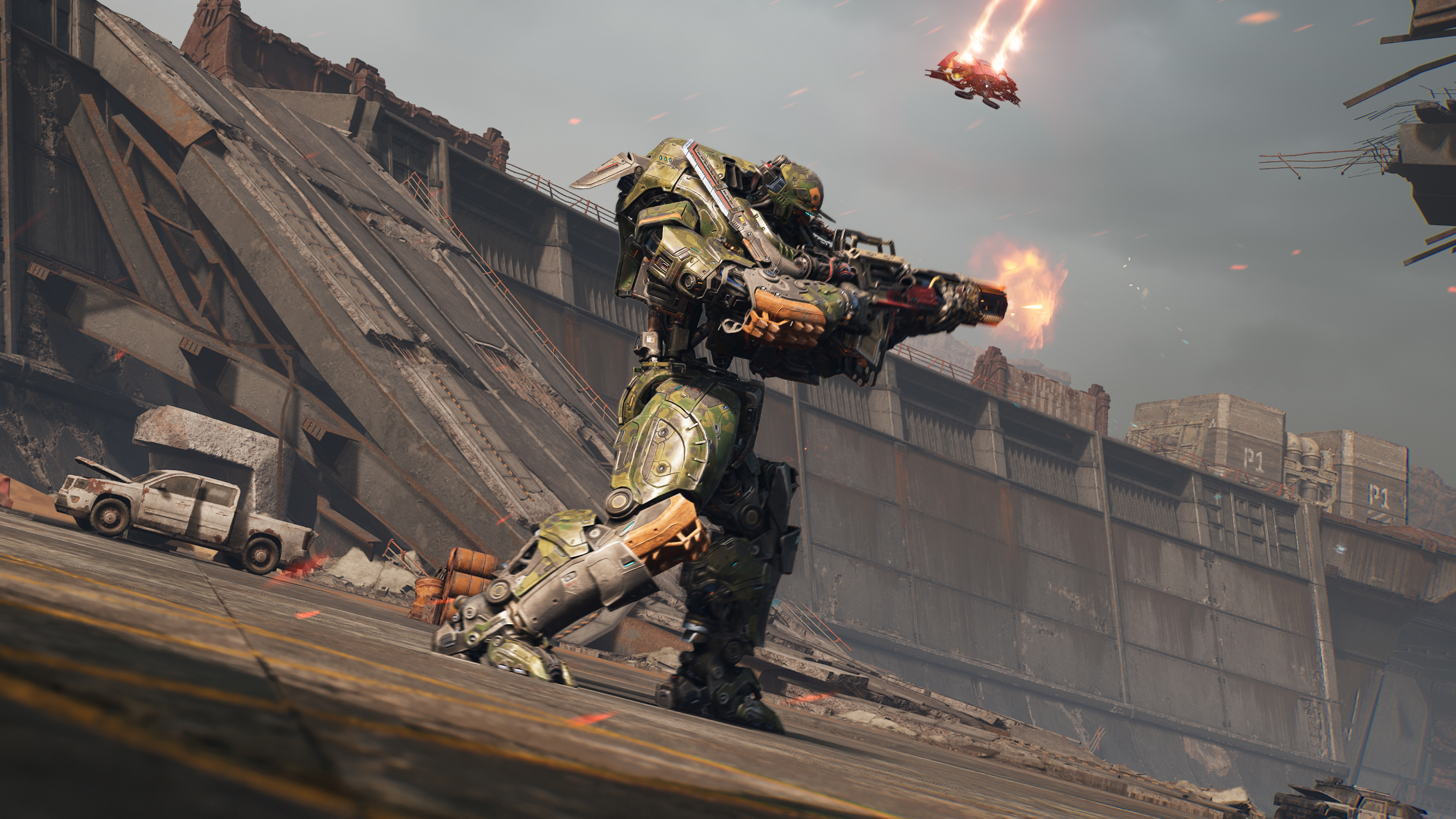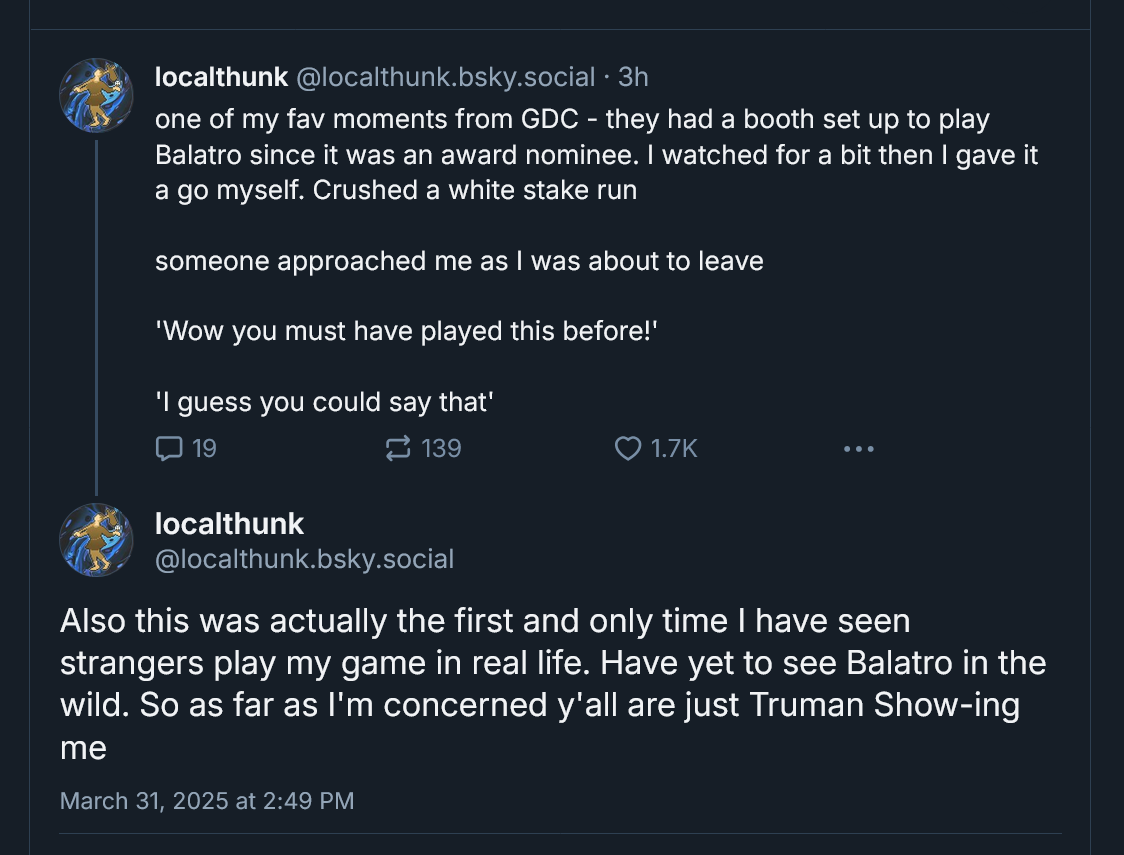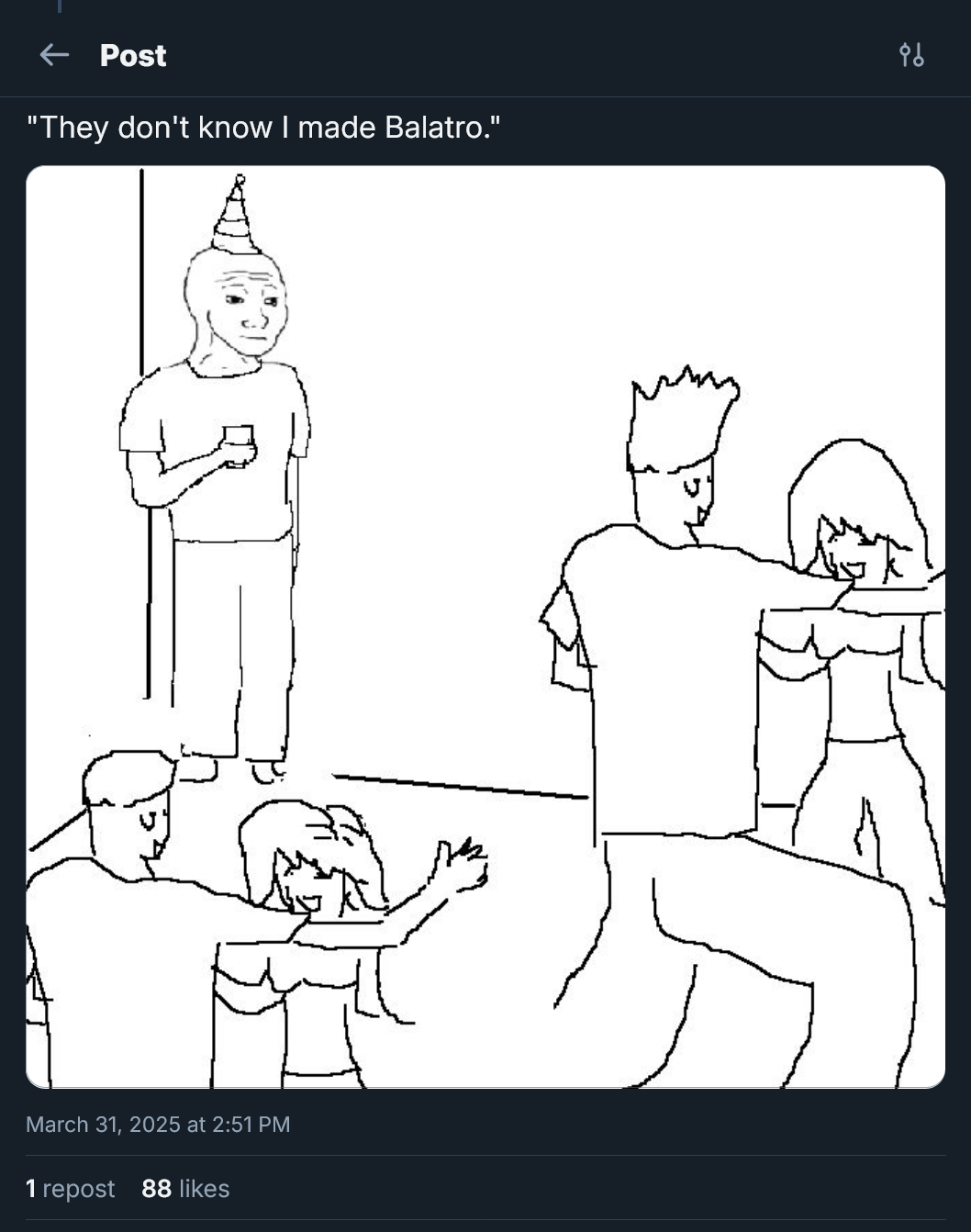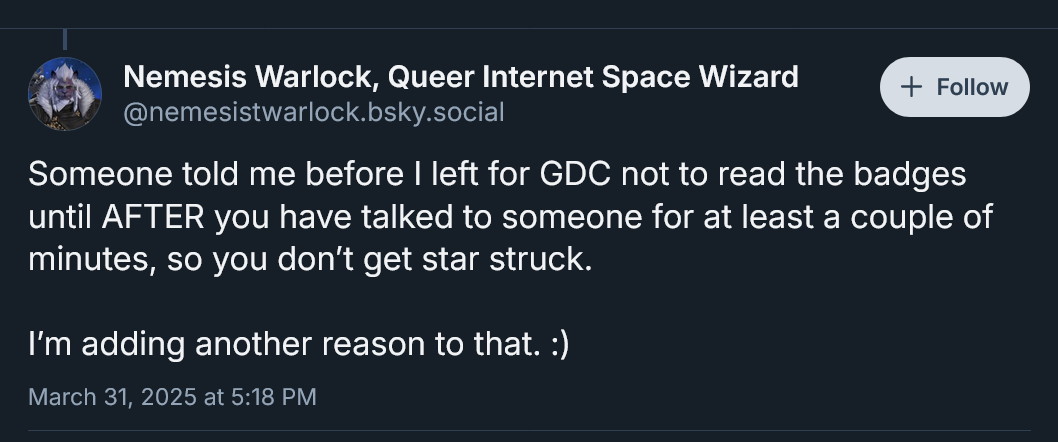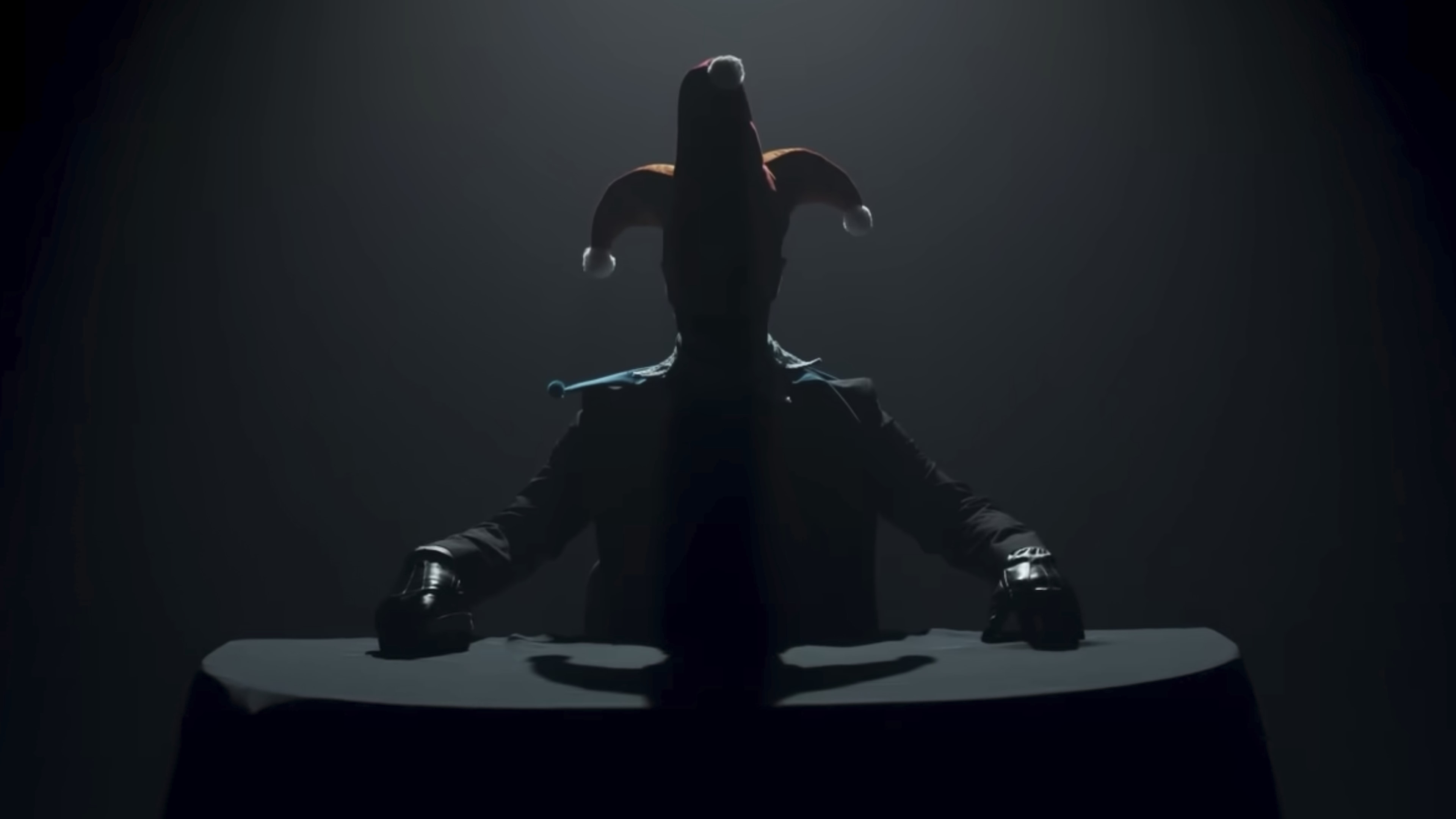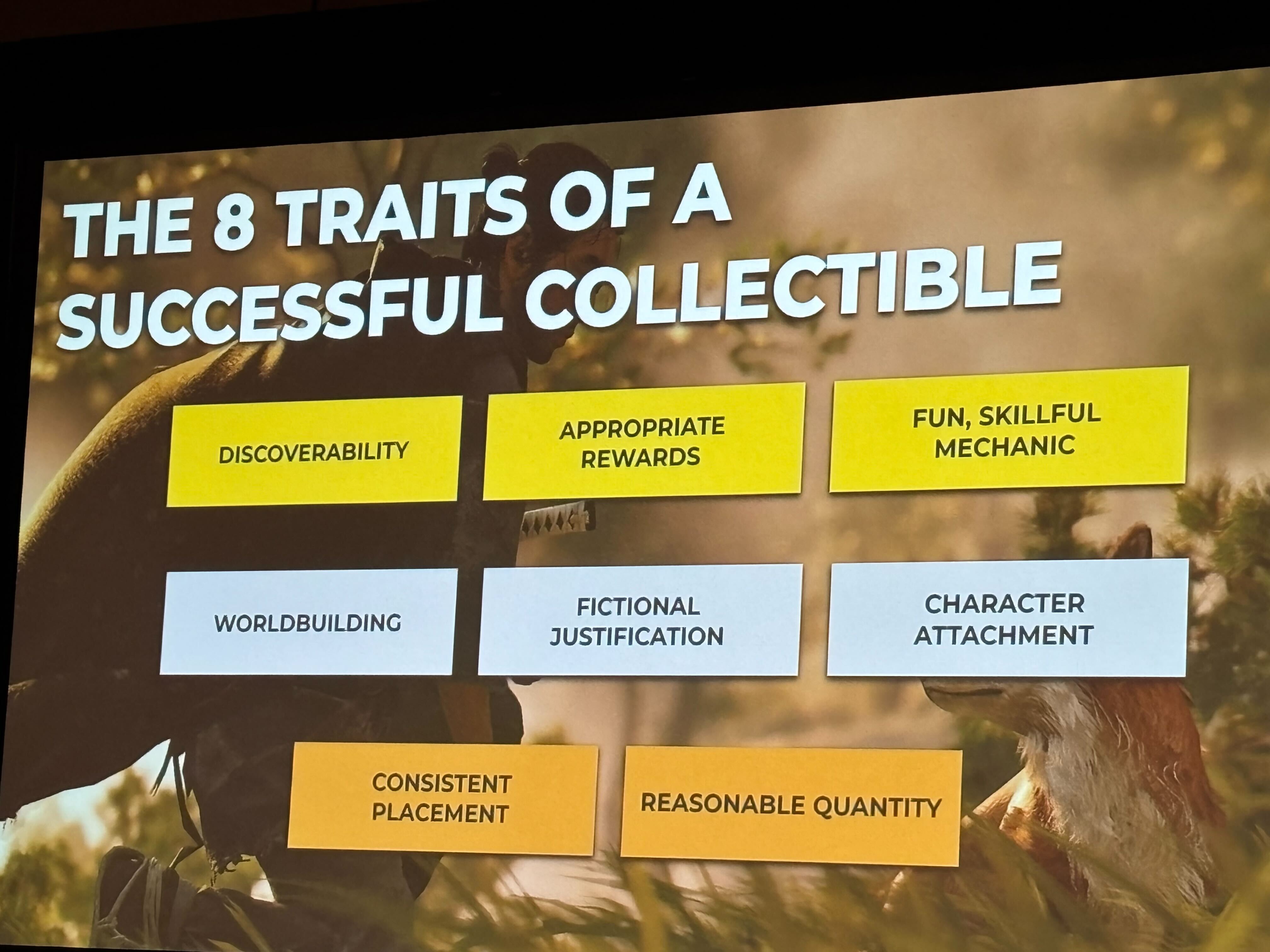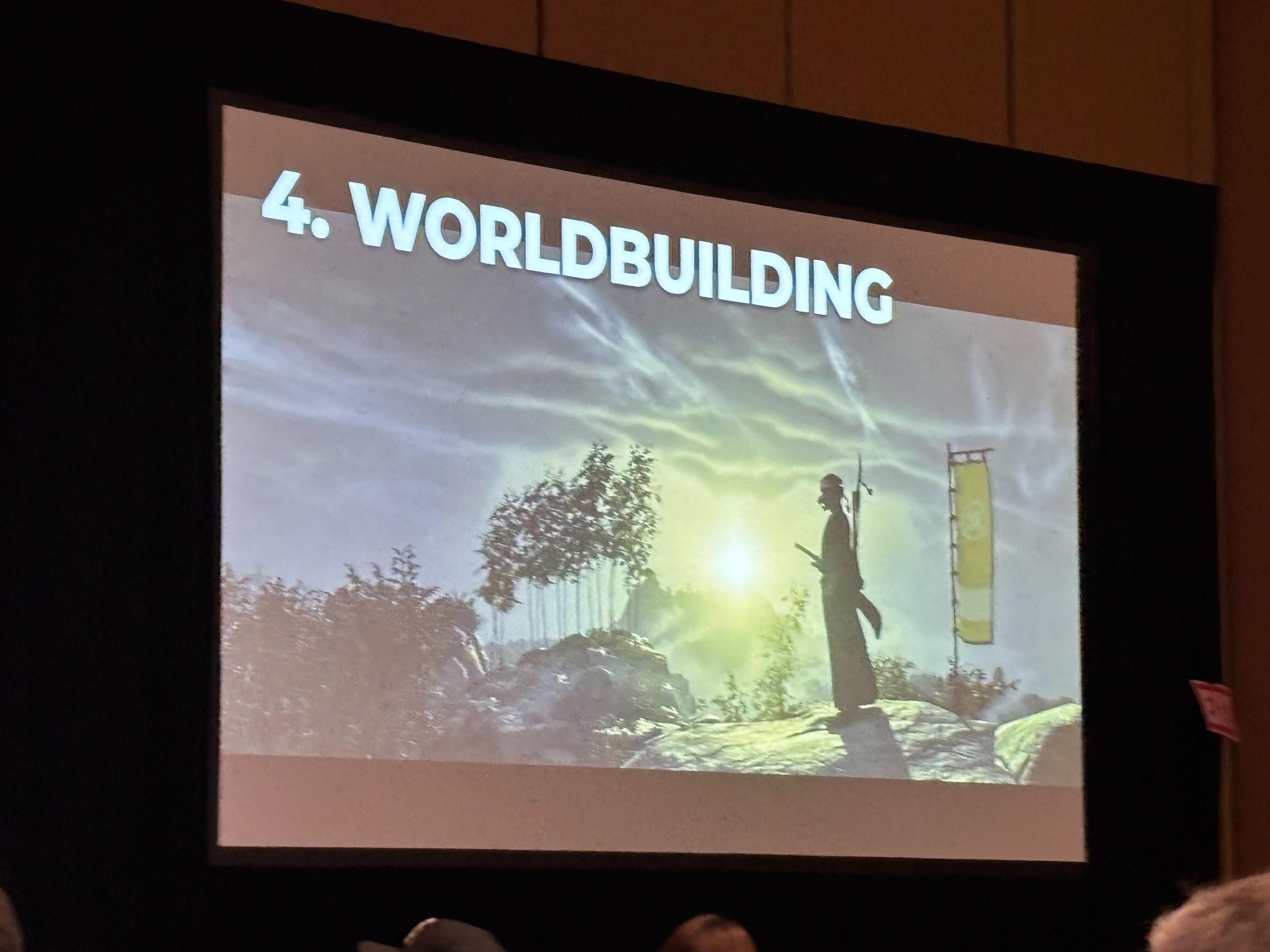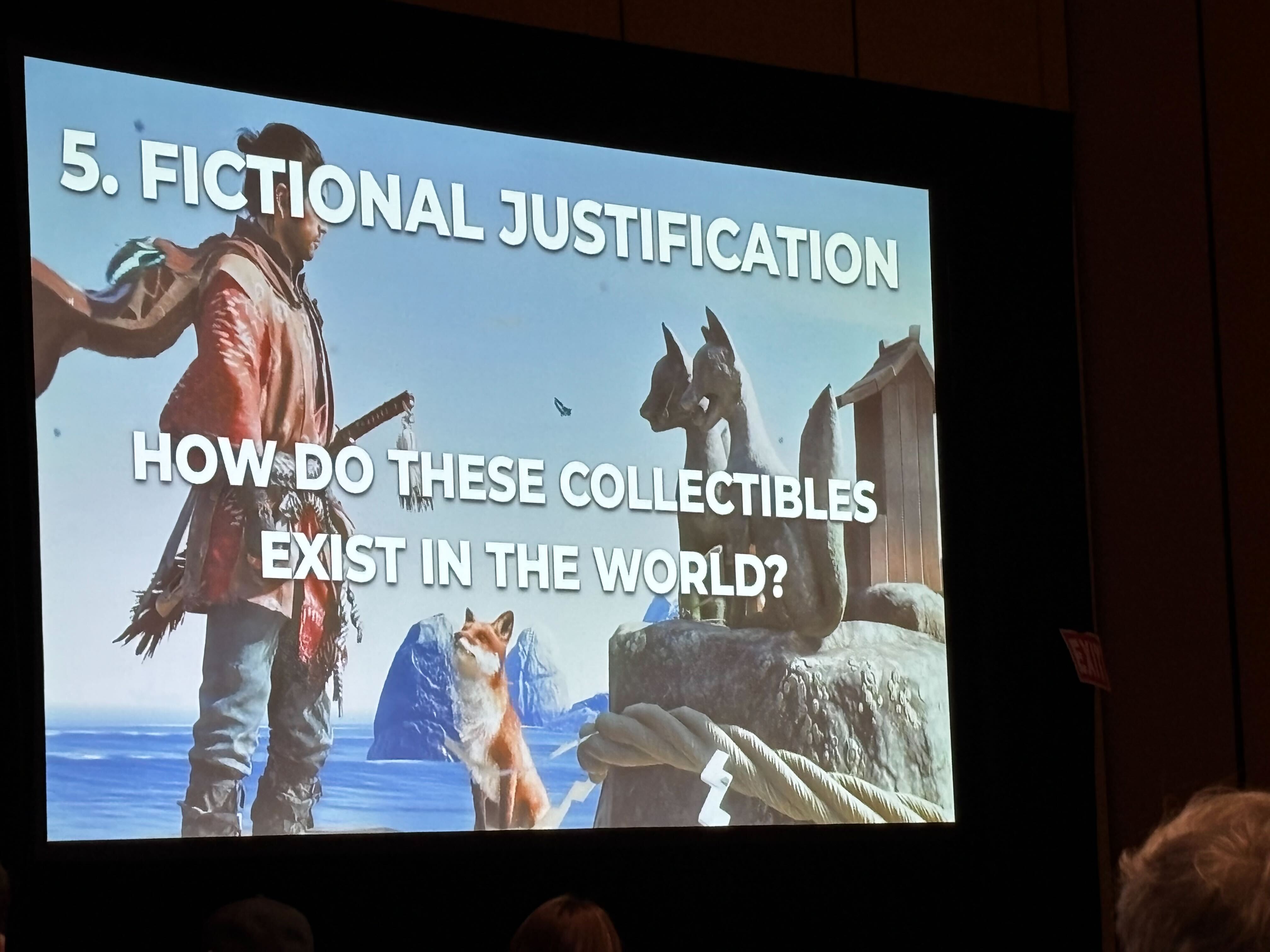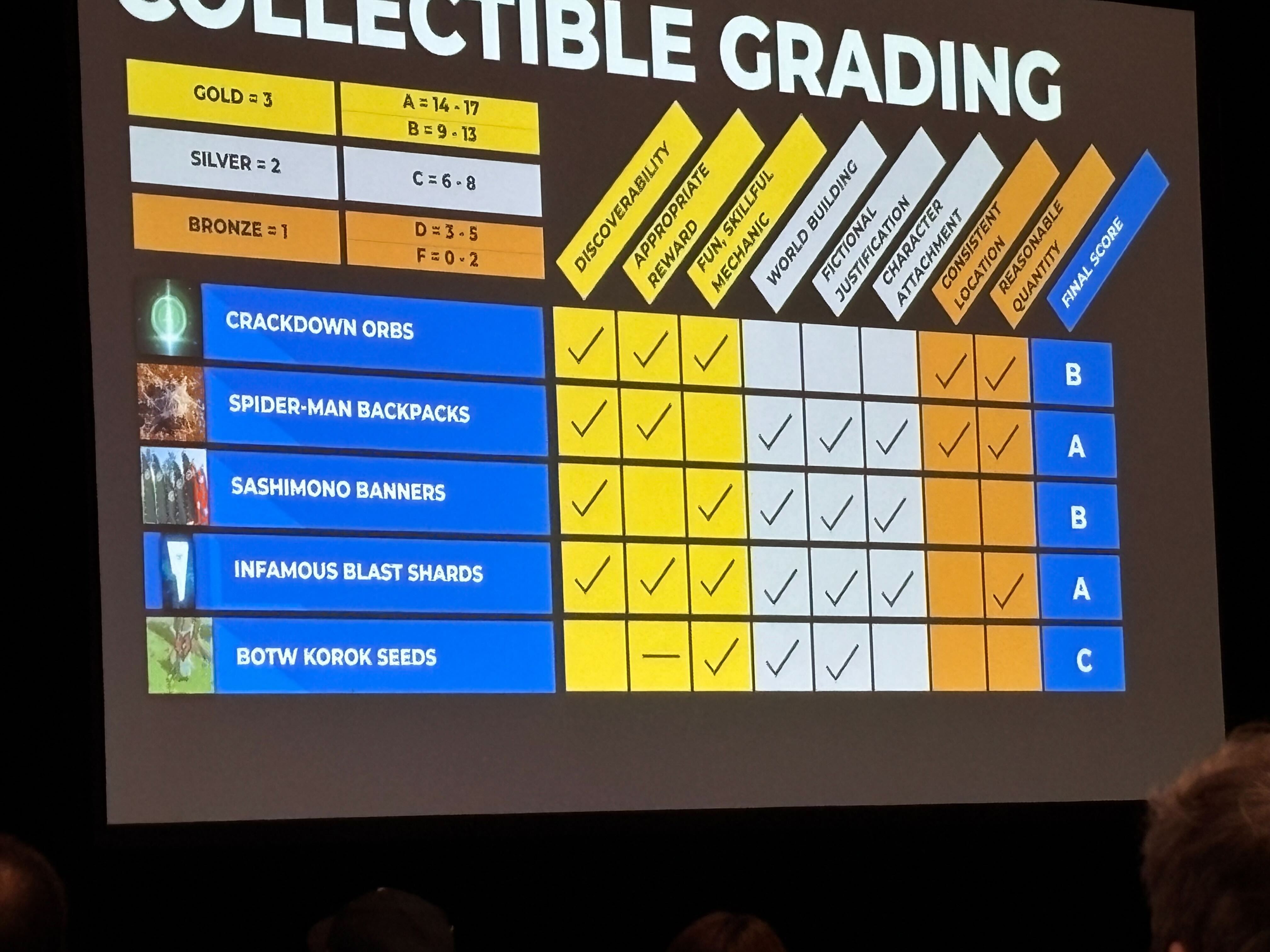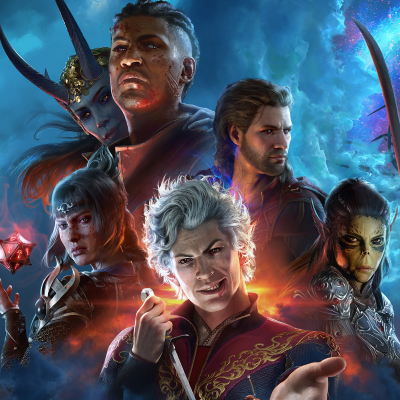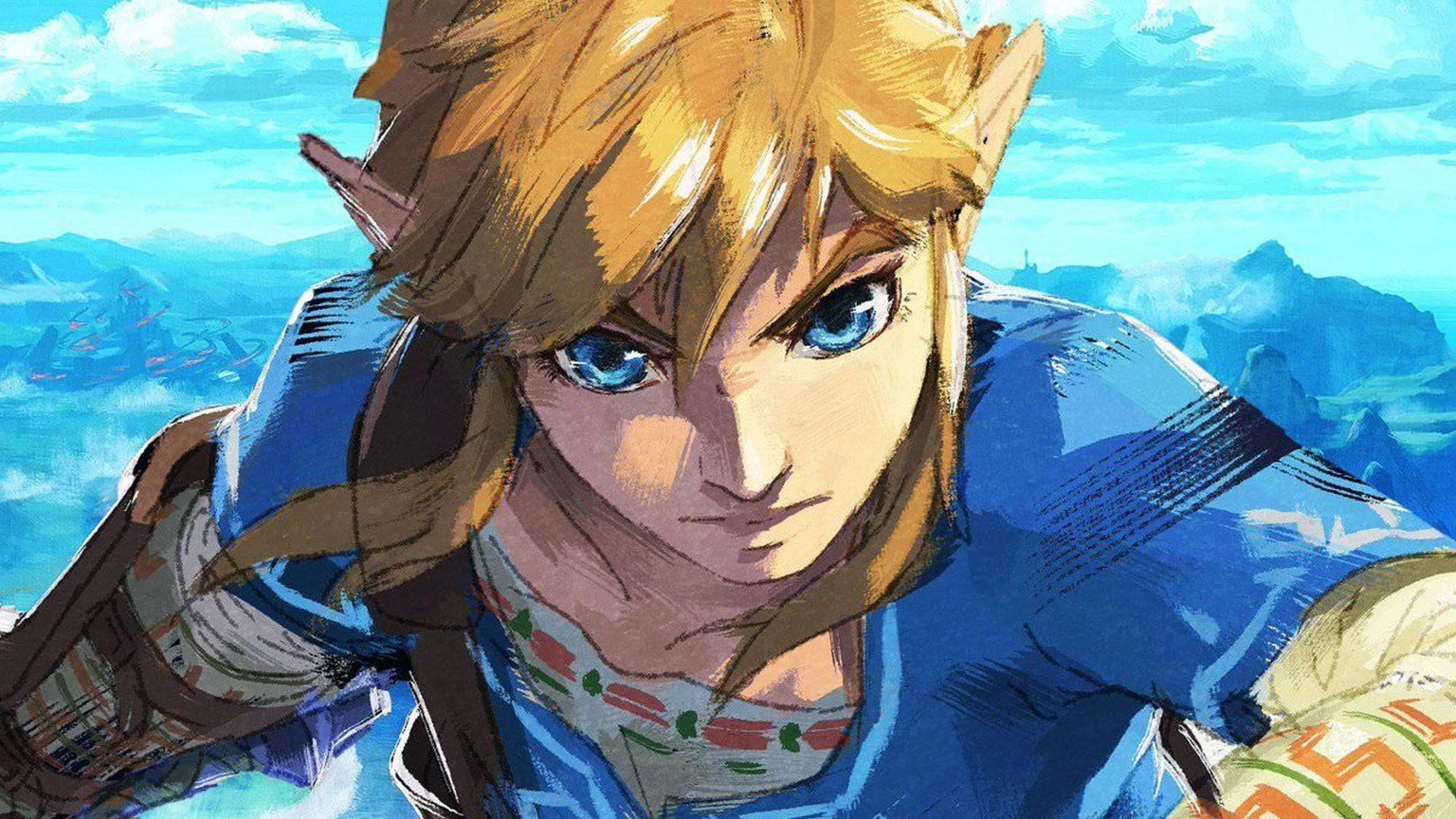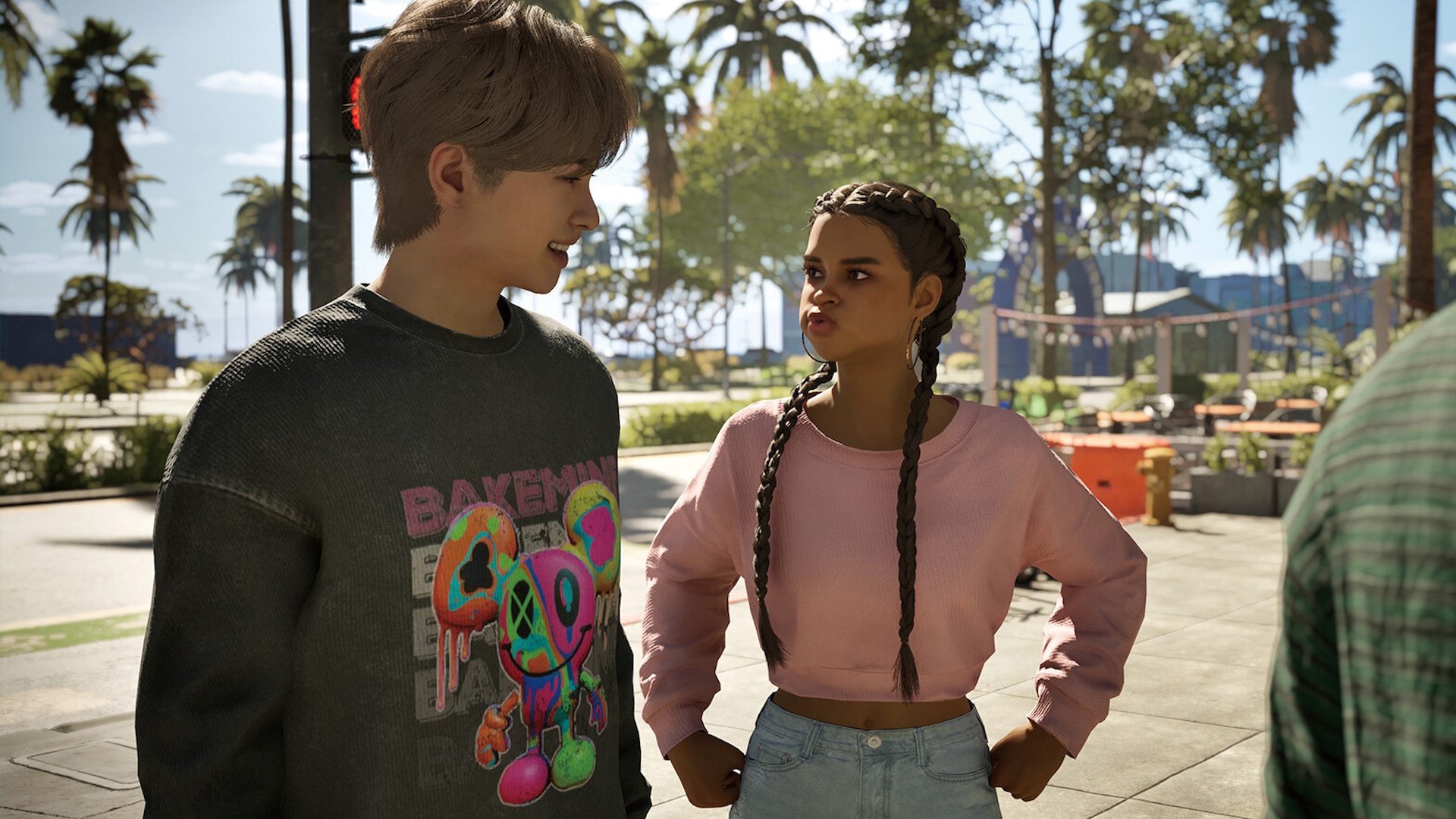Steel Hunters takes the the spark-filled clashes between Megatron and Optimus Prime and slows them down to create a methodic, tactical experience with familiar hero shooter and extraction elements. The mech battler from World of Tanks developer Wargaming releases in early access on Steam this week, on April 2.
I played a demo of Steel Hunters at the Game Developers Conference in San Francisco a couple weeks ago, where I was shown seven mechs with fascinating designs—ranging from your standard humanoid Gundam-like models to mechs based off of dogs and bears—as well as slow, tactical gameplay that felt gripping while facing off against mechs, but mundane in the moments in between.
One of Steel Hunters' primary modes sees six teams of two drop into a large map filled with a variety of drones, supply drops, and other points of interest to explore. Each team spawns at one of eight predetermined spawn points across the map, far enough from each other to discourage early game combat between player-controlled mechs.
Steel Hunters' combat follows a MOBA-like match progression system where players kill drones and bots in order to collect energy and save up enough for special abilities and ultimates that are later used in battle. As a result, the opening moments of the few matches I played were slow and unvaried.
I kicked drones with my Ursus bear mech, shot others down with whatever gun I had equipped, and then walked to pick up the energy they dropped. Gear loadouts were decided before dropping into matches, so there was no specialized looting found in battle royales to add excitement and variety to the first portion of a match.
While those early moments moved like molasses, the actual fights against other players—bots during the demo, but still—were far more exciting. Individual abilities for mechs went on display immediately as coordination with my AI-controlled teammate was essential. My Weaver spider mech had a Reinhardt-like shield that provided cover for my teammate and I as we emptied clips into the enemy.
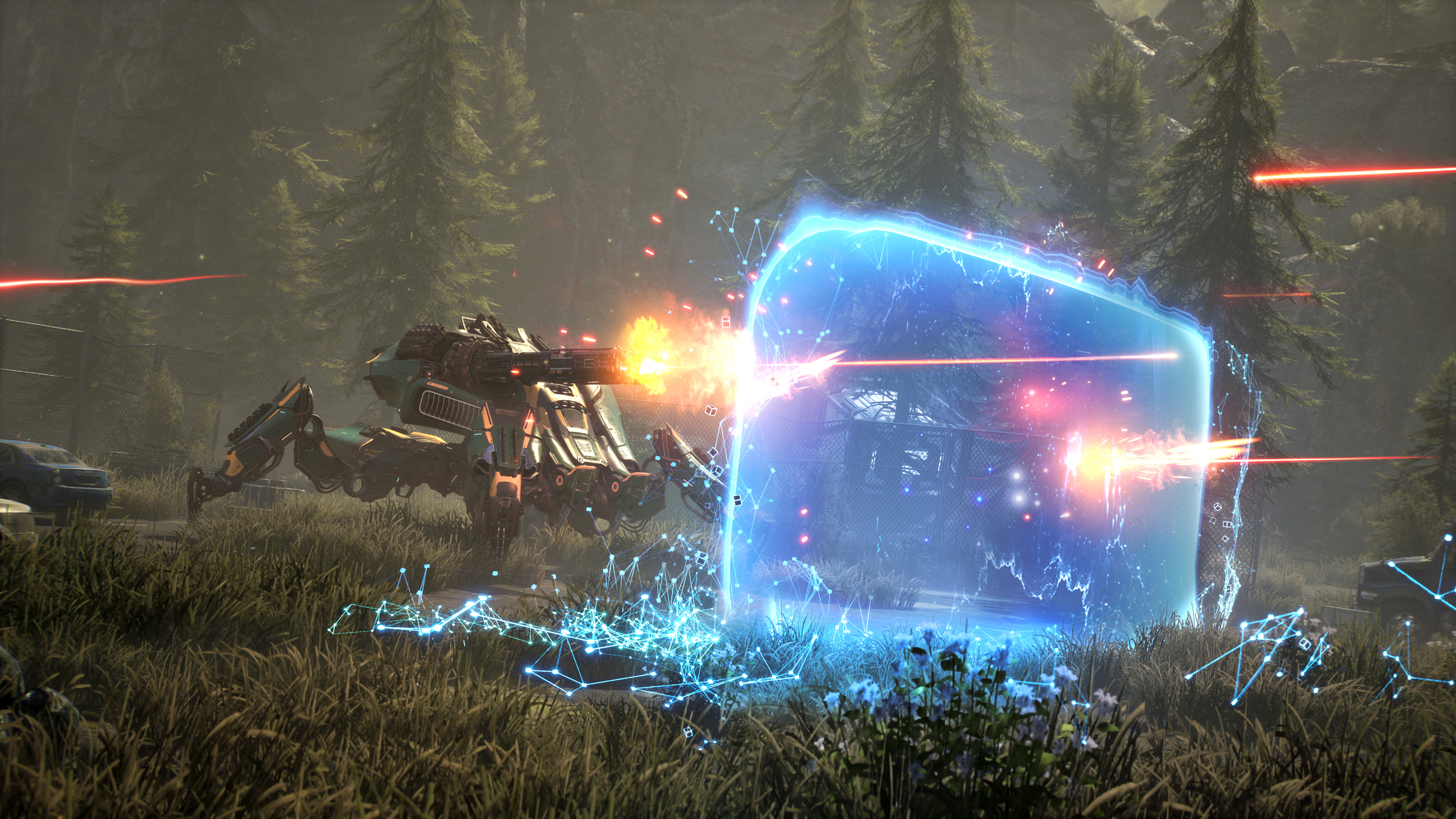
Slow, tactical coordination was almost forced. Maneuverability—especially for the four legged mechs—while smooth, was extremely limited. Jumping and dashing were restricted to two uses at a time, two small energy bars needed to recharge before they could be used again. I understand the interest in wanting to move meticulously and in synergy with your partner, but I don't think that means that you have to do so as slowly as Steel Hunters wanted me to.
Fights were lengthy, even though I didn't feel completely comfortable controlling the mechanical beasts in front of me after so little time with the game. It helped that combat situations shared a large amount of DNA with similar situations found in hero shooters or battle royales. Fighting over an extraction point often led to a flurry of explosion effects, debris from the destructible small houses and cars, and shield graphics that popped up.
Despite being limited to teams of two, this is a tactical game. Every second of a match should ideally be planned out, from early rotation direction choices to which bots you engage to what sort of terrain you meet enemy players on. All the choices I made mattered, but the actions I took while making those choices didn't feel all that exciting. Lighting up two enemy players teased out more enthusiasm from me, but were barely worth the time I spent lollygagging around the map looking for droids to bop and boxes to open.
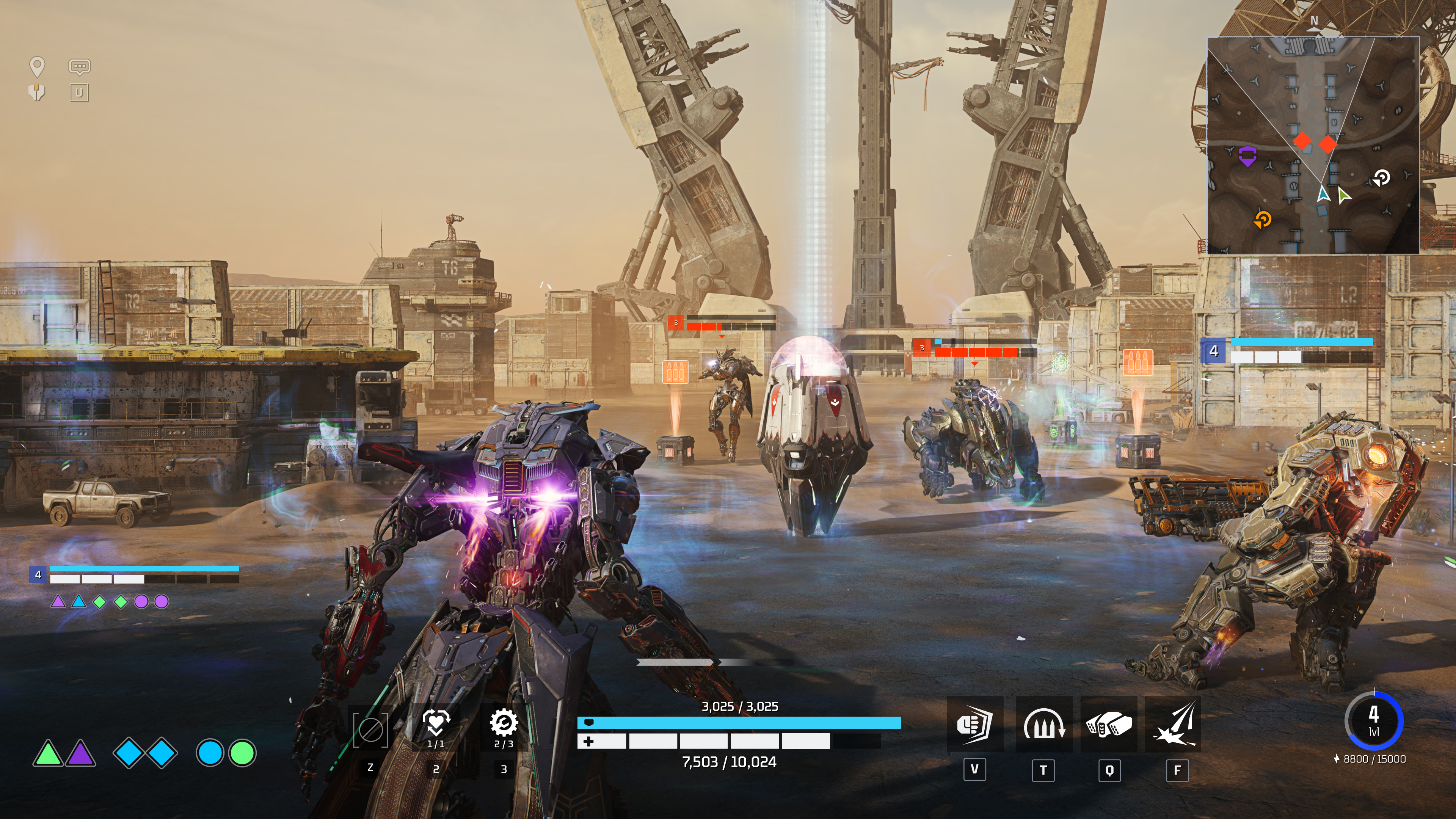
It's hard not to compare Steel Hunters to Mecha Break, another mech-based shooter with an extraction mode and other similar ideas releasing this spring. Mecha Break is all about recreating action scenes from Gundam and Pacific Rim while moving at breakneck speed. Steel Hunters couldn't have felt more different in that regard.
There is no twitch-based gameplay or fast maneuverability in Wargaming's mech battler. There is a jump and dash, but they are subdued compared to arcadier mech action games and the stamina system limits them greatly. Every ability—even my bear's melee attack—had a cooldown that made me panic in some fights when it wouldn't let me simply melee my opponent multiple times in succession when they were feet away from me.
Steel Hunters did inspire more of a feeling of 'real' mech combat for me, though. Slowly clashing against other teams while buildings crumble and cars flip on the ground around us created a sense of scale that Mecha Break didn't, but if I had to choose, I'd pick Mecha Break's Gundam-style action over Steel Hunters' more subdued battles, which lean further in the direction of MechWarrior.
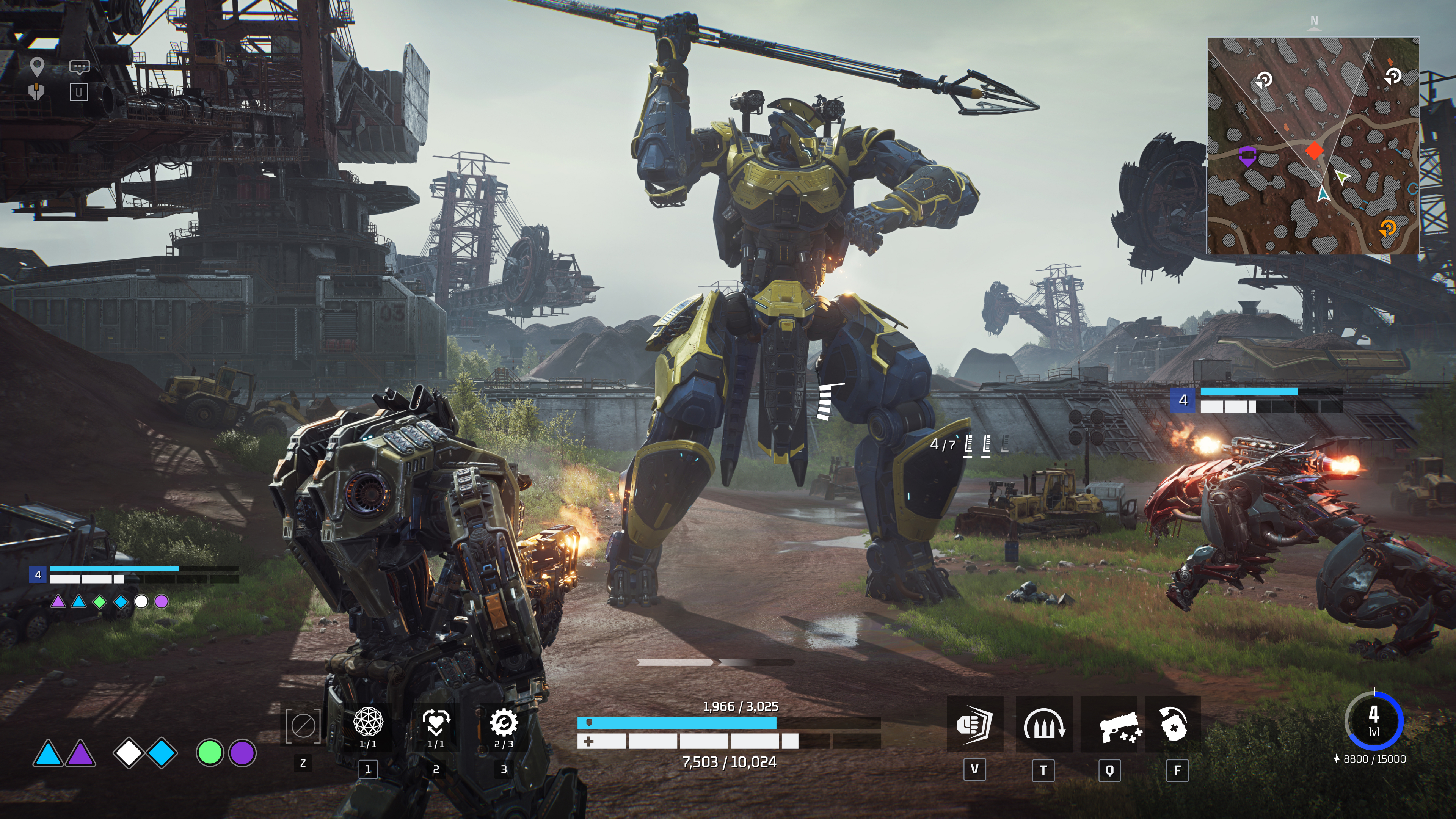
Overall, Steel Hunters has fascinating mech choices and combat designed with balance and tactical gameplay in mind. But it's slow. Even when running around on all fours with the bear, I felt sluggish and I had to plan each paw swing carefully.
Wargaming is keeping things simple for now: There are only seven mechs and game modes are limited to six teams of two—and there will be no trios and squads for the beta launch. The developers will ramp things up over time, adding more complexity with new mechs and modes over time.
While Mecha Break offers my preferred flavor of mech warfare, Steel Hunters had a promising closed beta in December—it attracted over 200,000 players and the studio gathered over 700 pages of feedback. Wargaming was so confident in the game that it moved the early access release up—it's out on April 2 on Steam.
